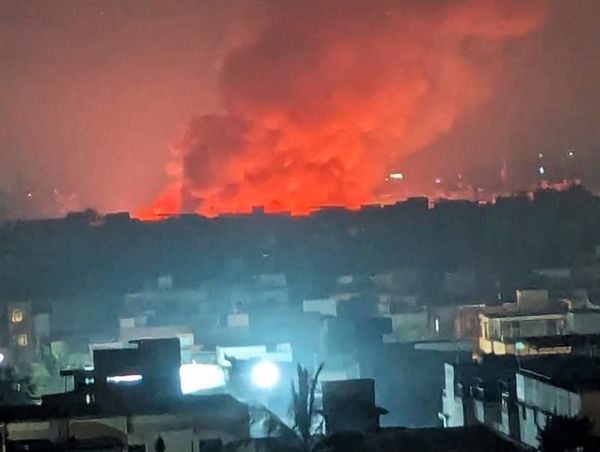Lung cancer is on the rise among young women, including many who have never smoked, according to health experts.
The disease remains the second most common cancer among both men and women in the United States. It has long been associated with older male smokers, Dr. Iona Baiu, a thoracic surgeon at the Ohio State University Comprehensive Cancer Center, told USA Today.
However, data shows that up to 20 percent of new lung cancer diagnoses now occur in people who have never smoked, according to the Centers for Disease Control and Prevention.
Baiu said the increase is particularly notable among women, who make up the majority of these non-smoker cases.
“Overall, the number of lung cancer incidences is slowly decreasing, but it’s not decreasing nearly as fast in women as in men,” Baiu said. “We’re seeing a shift in trends now and seeing patients who are younger and patients who are never smokers, who we never used to see.”
Experts believe the rise in non-smoking cases is largely driven by radon exposure, air pollution, and genetic mutations.
Radon, an odorless, colorless radioactive gas that forms when certain metals like uranium, thorium, and radium break down in soil and rock, can seep into homes through cracks and gaps, according to the U.S. Environmental Protection Agency.
Take Christy Houvouras, for example. The Huntington, West Virginia, mother of two told USA Today that she lives a healthy lifestyle, which includes exercising daily, eating well, and having smoked fewer than 20 cigarettes in her entire life.
Still, in July, she received a lung cancer diagnosis at age 36. Houvouras believes she was exposed to radon as a child in her Greenville, South Carolina, home, an area the EPA identifies as high-risk for elevated radon levels.
“The crazy thing about lung cancer is that you can be exposed at a young age and then you won’t have a developing tumor until decades later,” she said.
Experts emphasize that early detection is crucial for improving lung cancer outcomes, but current annual screening guidelines focus only on people who smoke or have a history of smoking. This leaves many nonsmokers at risk of late diagnosis.
Because of that gap, doctors urge everyone, especially nonsmokers, to be aware of potential warning signs.
According to the American Cancer Society, common symptoms of lung cancer include a persistent cough, chest pain, unexplained weight loss, shortness of breath, and newly developed wheezing. Recognizing these symptoms early and seeking medical attention promptly can significantly improve survival chances.
Houvouras said she first noticed a swollen area on her chest and mentioned it to her obstetrician during a routine checkup. That led to a series of tests confirming her lung cancer diagnosis.
Houvouras considers herself fortunate that her lung cancer was detected early, at stage 1. Because of the early diagnosis, she only needed surgery to remove the tumor and about 20 percent of her lung, avoiding chemotherapy or other treatments.
Within three weeks, she was home recovering and cancer-free.
“At stage 1, lung cancer can be surgically removed, usually without the need for further treatment like chemotherapy,” Baiu told USA Today. “At stage 2, the lung cancer has spread to the lymph nodes and patients will need systemic therapy in addition to surgery.”
Baiu said such “accidental” discoveries are increasingly common among young nonsmokers and urged patients to speak up about any unusual or persistent symptoms, just as Houvouras did.







